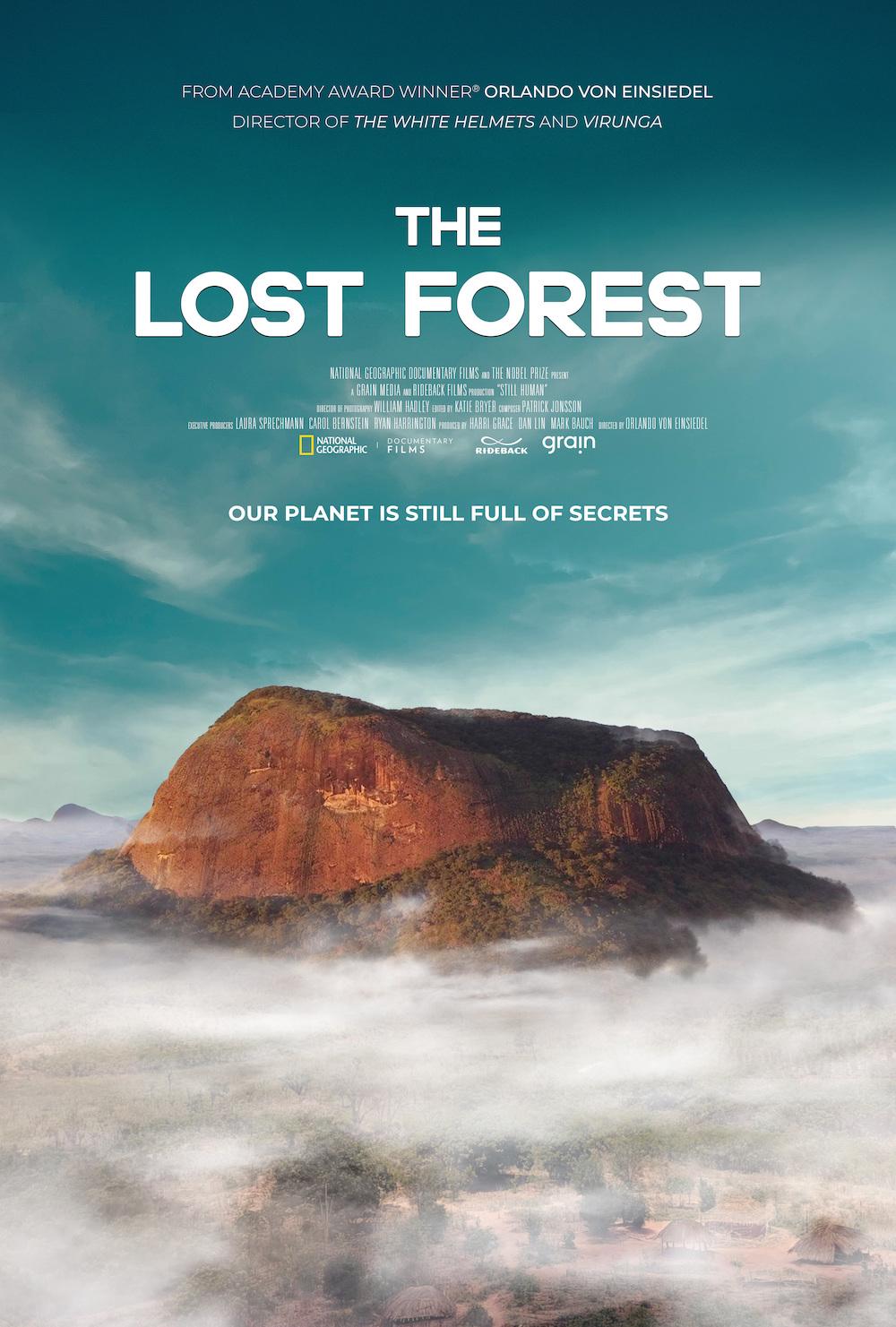In recent years, documentaries have emerged as a powerful medium for highlighting pressing environmental concerns, capturing the attention of global audiences and sparking critical discussions. These award-winning films delve into a range of ecological issues, from climate change and biodiversity loss to pollution and conservation efforts. By combining compelling storytelling with rigorous research, they offer insightful perspectives on the complex interplay between human activities and the natural world. This article explores how these acclaimed documentaries illuminate environmental challenges, influence public perception, and inspire action, providing a nuanced understanding of the planet’s most urgent crises.
Impactful Narratives and Their Influence on Public Awareness
Award-winning documentaries have become pivotal in shaping public consciousness about pressing environmental issues. These films leverage the power of storytelling to illuminate the intricate connections between human actions and environmental consequences. By weaving together compelling narratives, they not only educate but also inspire viewers to reflect on their own environmental footprint. The emotional resonance of these documentaries often stems from their ability to present complex data in an accessible and relatable manner, allowing audiences to grasp the urgency of the issues at hand.
- Visual Storytelling: High-quality cinematography captures the stark beauty and fragility of nature, creating a lasting visual impact.
- Personal Testimonies: First-hand accounts from affected communities and experts offer a human perspective that statistics alone cannot convey.
- Call to Action: Many documentaries conclude with actionable steps, empowering viewers to contribute to environmental solutions.
Through these impactful narratives, documentaries serve as catalysts for change, fostering a more informed and engaged public ready to advocate for sustainable practices and policies.
Innovative Storytelling Techniques in Environmental Documentaries
Environmental documentaries have evolved beyond traditional storytelling, employing innovative techniques to engage audiences on a deeper level. Filmmakers are now integrating cutting-edge technology and creative narrative structures to highlight pressing ecological issues. Techniques such as virtual reality allow viewers to immerse themselves in endangered ecosystems, creating a visceral connection to the subject matter. Additionally, interactive storytelling invites audiences to make choices that impact the narrative, fostering a personal investment in environmental outcomes.
Moreover, the use of animation and visual effects has become increasingly prevalent, offering new ways to visualize data and complex ecological processes. By incorporating multi-perspective narratives, these documentaries present a holistic view of environmental challenges, capturing the voices of scientists, activists, and local communities. Such approaches not only inform but also inspire action, making them powerful tools in the fight for sustainability.
- Virtual Reality: Immersive experiences in endangered habitats.
- Interactive Storytelling: Audience-driven narratives.
- Animation: Creative visualization of complex data.
- Multi-perspective Narratives: Diverse viewpoints from stakeholders.

Critical Analysis of Award-Winning Films and Their Effectiveness
Award-winning documentaries have increasingly turned their lens towards environmental issues, offering not only compelling narratives but also an impactful call to action. These films often utilize a blend of stunning cinematography, expert interviews, and personal stories to highlight the urgency of environmental challenges. Effectiveness is measured by their ability to engage audiences and inspire change, often translating complex scientific data into accessible and emotionally resonant stories.
- Visual Storytelling: Documentaries like “Chasing Ice” use breathtaking visuals to capture the stark beauty and rapid decline of glacial landscapes, creating a visceral connection for viewers.
- Personal Narratives: Films such as “The True Cost” weave individual stories with global issues, providing a human face to the environmental impact of the fashion industry.
- Scientific Insight: By incorporating expert voices, documentaries like “An Inconvenient Truth” ground their narratives in credible research, enhancing their persuasive power.
These elements, when combined effectively, transform documentaries into powerful tools for education and advocacy, pushing the conversation beyond the screen and into real-world action. While their immediate impact can be challenging to quantify, the cultural and social shifts they inspire are undeniable, as they encourage viewers to reconsider their roles in the environmental narrative.

Recommendations for Further Viewing and Educational Engagement
- Before the Flood: Dive into this documentary featuring Leonardo DiCaprio as he explores the impacts of climate change worldwide. It’s an eye-opening experience that encourages viewers to reflect on their personal contributions to environmental issues.
- Chasing Ice: Follow photographer James Balog’s quest to document the rapid melting of glaciers. The stunning visuals and scientific insights provide a compelling narrative on the urgency of climate action.
- Our Planet: This series, narrated by David Attenborough, offers breathtaking visuals of Earth’s natural beauty while highlighting the pressing threats to various ecosystems. It serves as both an educational tool and a call to action.
For those looking to delve deeper into environmental education, consider engaging with online platforms that offer courses on sustainability and conservation. Websites like Coursera and edX provide comprehensive programs that can enhance your understanding of global environmental challenges. Additionally, participating in local conservation projects or joining discussion groups can further enrich your learning experience.



